
dear Madeleine, please be mine !
how to bake the perfect Madeleine
So it is like this: a half-birthday celebration, a reduced-sugar school policy, and several requests for a favorite snack recipe (just in time for your Valentine’s celebration) which all inspired this week’s simple pleasure: vanilla bean Madeleines.

I was working on Madeleine variations when my oldest asked if I could bring Madeleines to her classroom for her half-birthday celebration (a relatively new concept created so children with summer birthdays – outside the school year – are not left-out of the birthday school celebrations). Her school has a “reduced sugar” policy so non-dessert type snacks or treats with modest sugar are encouraged. The Madeleines were brought and the fifth graders loved them. One of the boys in the class (rumored to be an aspiring chef when he is older) asked for the recipe. Later that day the request was repeated by other parents at carpool. I wanted to honor the request and in light of our budding chef, R.S., I wanted to explain the “how and why” of making these tender little cakes.
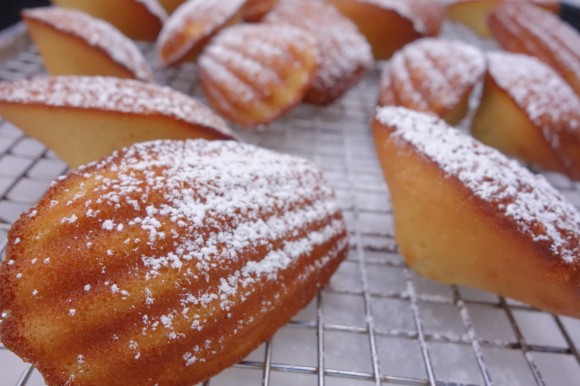
what is a Madeleine ?
Madeleines are little sponge cakes in the shape of a shell. They are butter-rich and tender and if done properly, crispy on the exterior. Madeleines have been around for a few hundred years and they remain a popular snack for French children after school (although I know quite a few adults who enjoy them just as much if not more…sigh,…including myself). There is discrepancy as to whom is responsible for creating Madeleines: Talleyrand’s chef, a peasant girl (named Madeleine), or a Cordon-Bleu cook Madeleine Paumier. However, it was French novelist Marcel Proust who made Madeleines famous by using them as an example of involuntary memory (so-called the “episode of the Madeleine”) in his novelà la Recherche du Temps Perdu ( the search of lost time).
Madeleines are simple to make. The perfect Madeleine is soft and chewy on the inside and crispy on the outside. Here is now you can achieve both results:
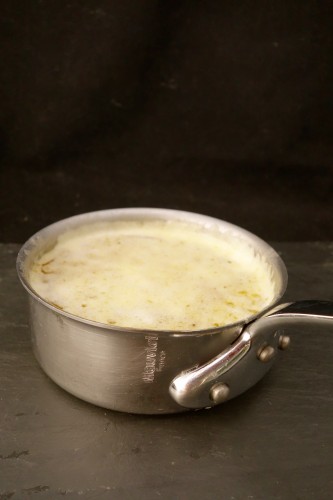
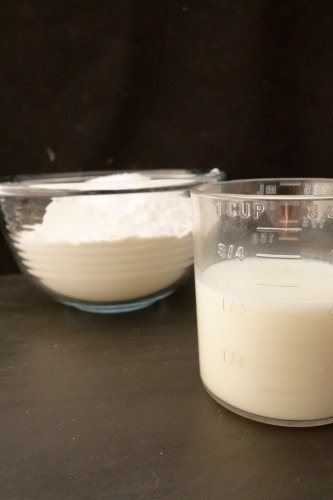
tender inside
It is the melted butter in the Madeleines that make them rich and tender. Although I cut back on the butter content in this recipe (compared with French-made Madeleines), these little cakes remain very tender (in part due to the two-percent milk added).

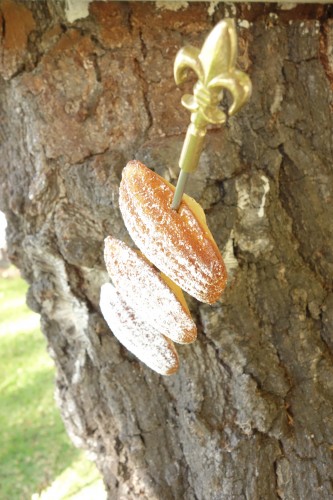
The tender and consistent crumb (the inside of the little cake) is due to the mixing. First, adding the flour and the room-temperature milk in alteration will give the little cakes an even, soft crumb. Conversely, if you add the flour all at once (or too much at one time) there will be gluten development and you will have “tunneling” in the crumb which is called “worm holes” which is exactly what it looks like. If you add the liquid too much at one time you will get large air bubbles. Adding these ingredients in alteration with the mixer on a low speed and making sure each component is well-mixed before adding the other one, will prevent both of these problems from happening.
Lastly, letting the batter rest while allow the starch to absorb the liquid, gives the cake a more dense and uniform texture,
(as the gluten relaxes), and causes less spreading.
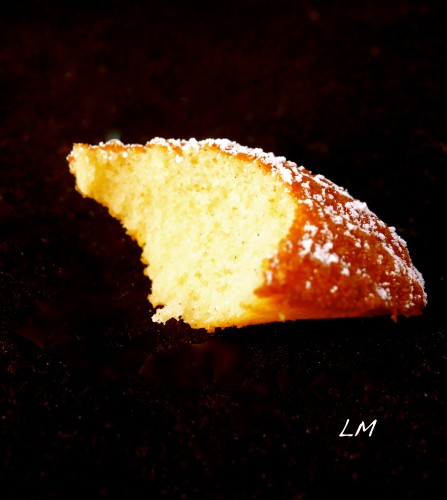
crispy outside
Getting a crispy outside is done two ways. First, bake the Madeleines at a high temperature. Most recipes call for Madeleines to be baked at 375 degrees Fahrenheit. However, I find that setting the oven higher, to 400 degrees Fahrenheit, makes the exteriors crispy (they fry a little in the mold). Second, when preparing the pan I rub cold butter to the shell molds to prevent sticking but I omit the flour.
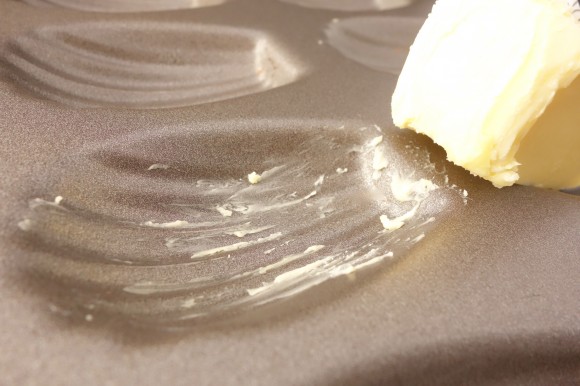
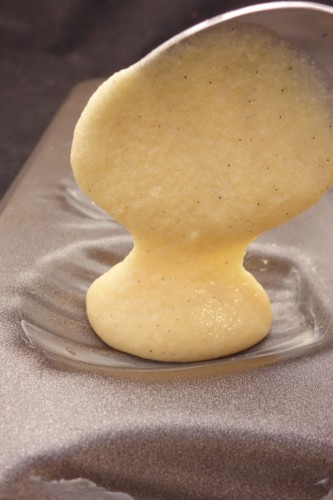
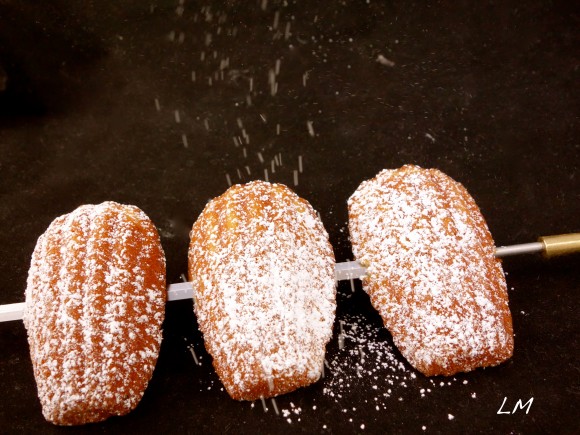
Madeleines are delicious enjoyed on their own as snack, dipped in chocolate, or even dunked in a hot beverage. You can store the batter in the refrigerator and bake the Madeleines the next day. You can also freeze the Madeleines after they are cool to save them for another day. If you are looking for a little special something to give your Valentine on the 14th, Madeleines fit perfectly on your Cupid’s arrow.
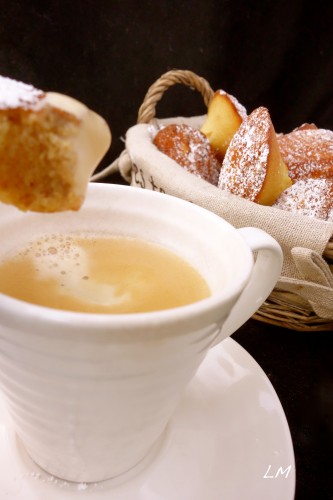
mangez bien
vivez bien et bon appétit !
LM
Tags: french cooking recipes, healthy dessert, healthy snacks for children, madeleines, Valentine, valentine's day, valentines recipe, vegetarian



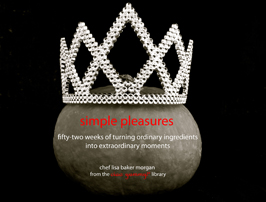



Leave a Reply